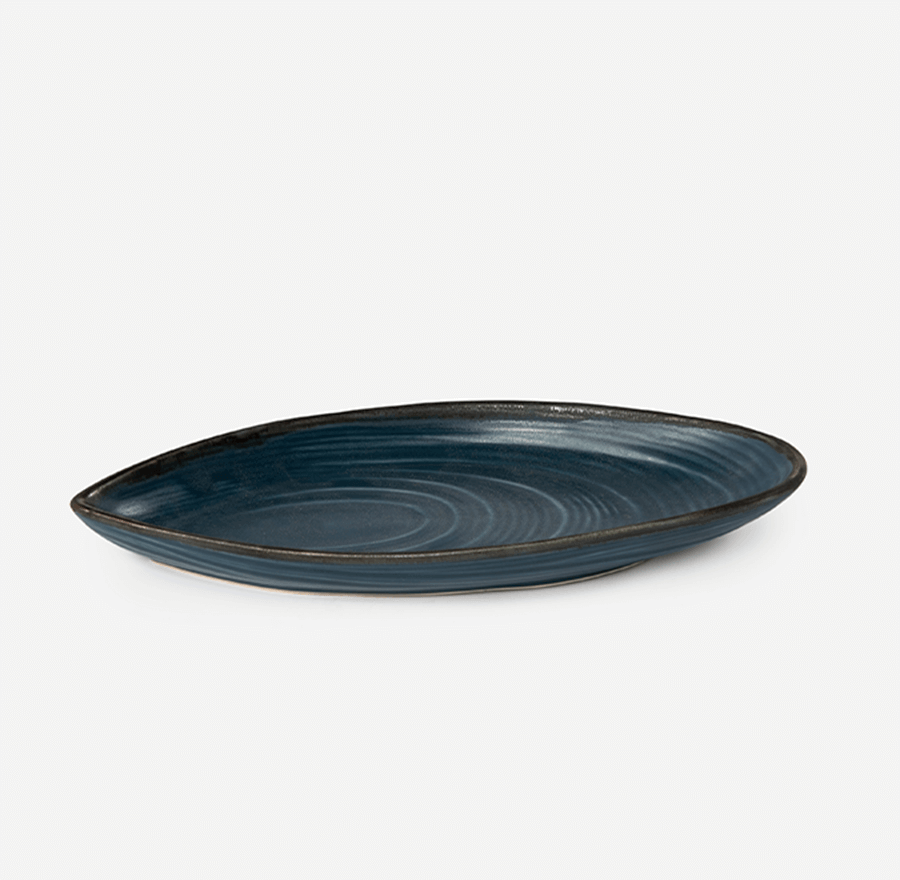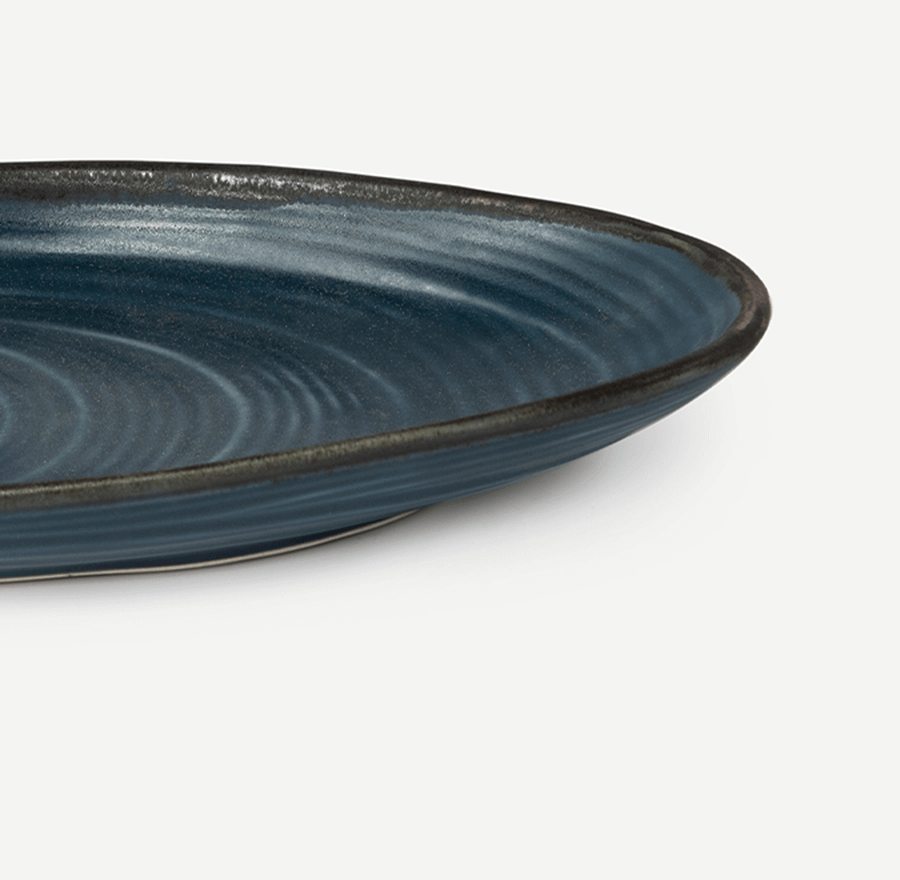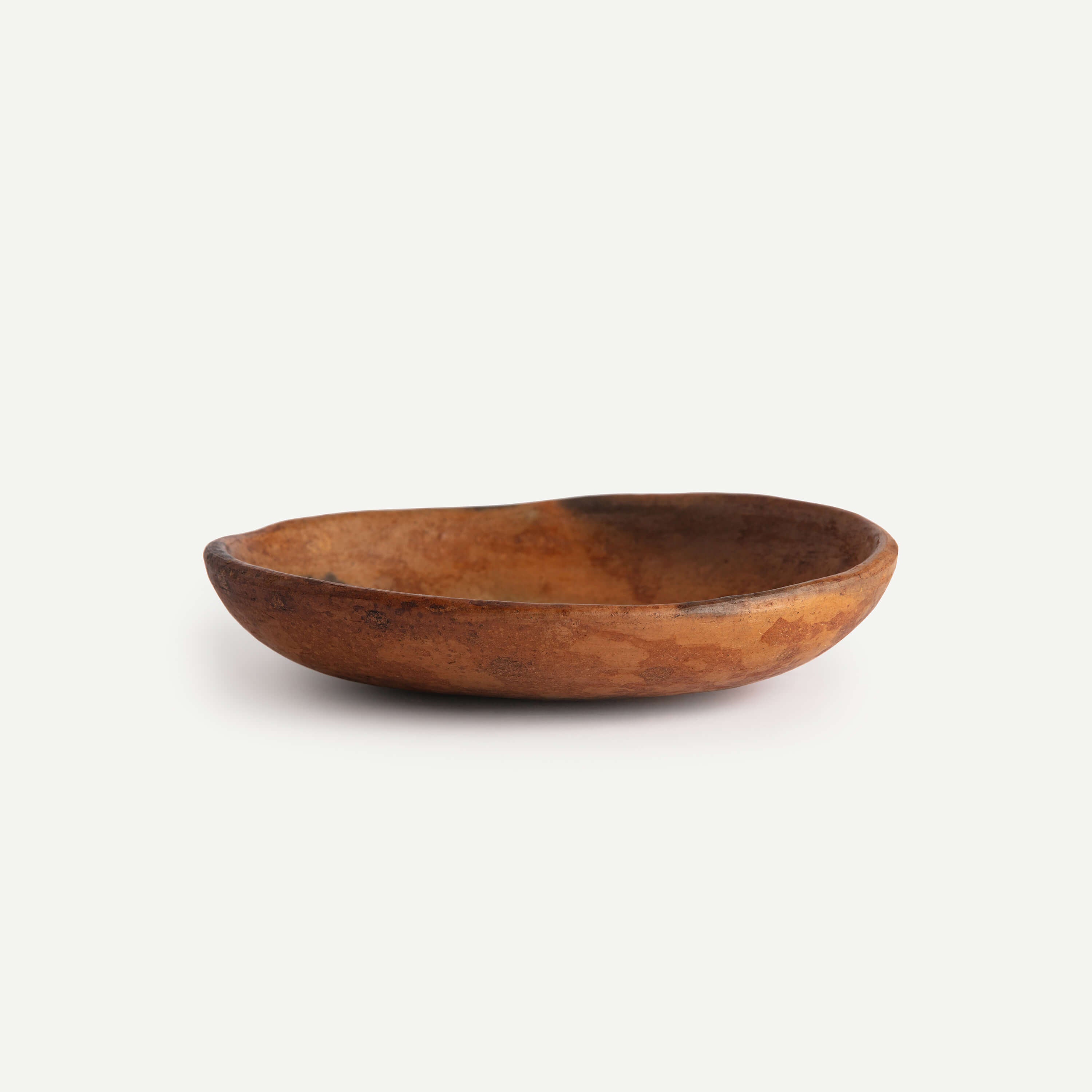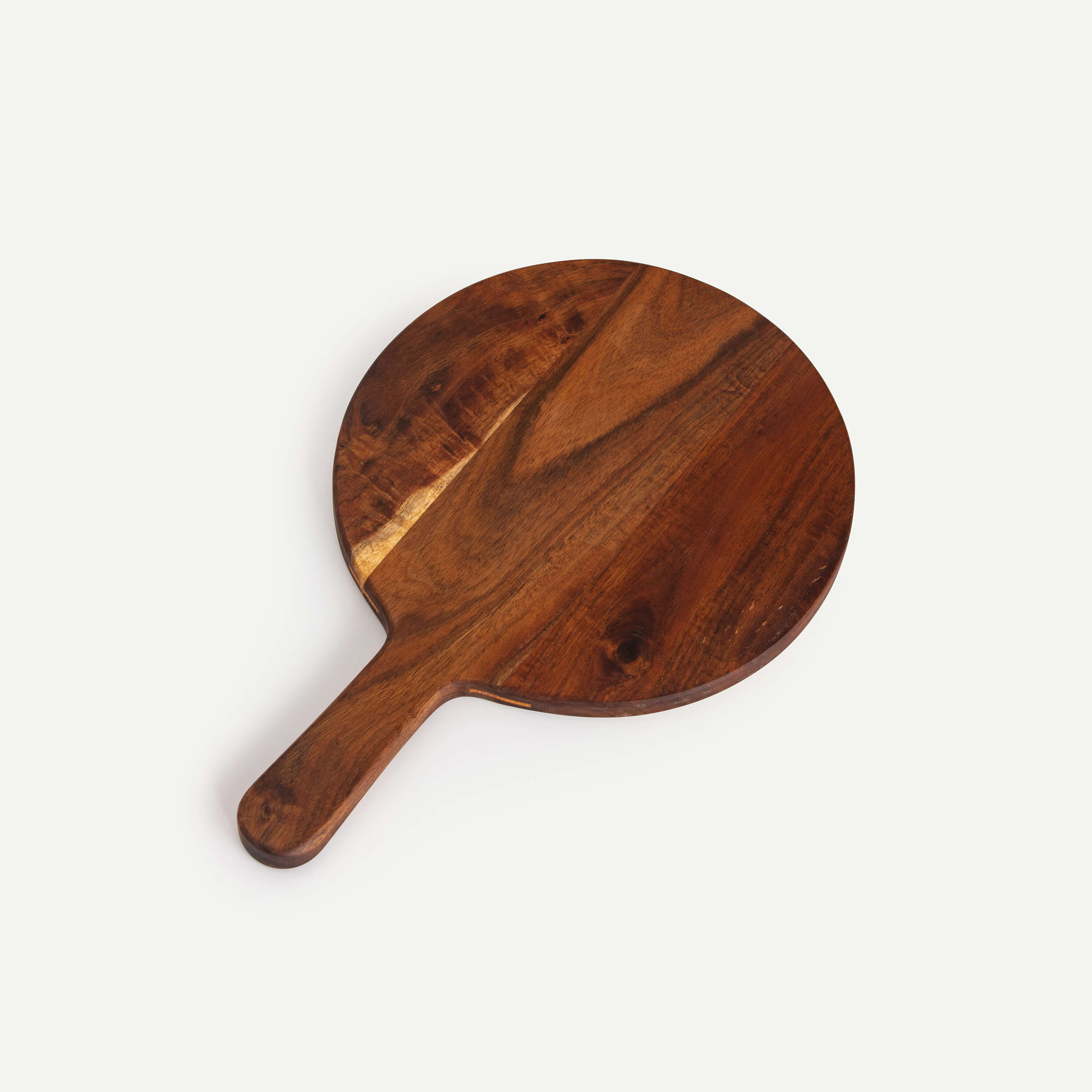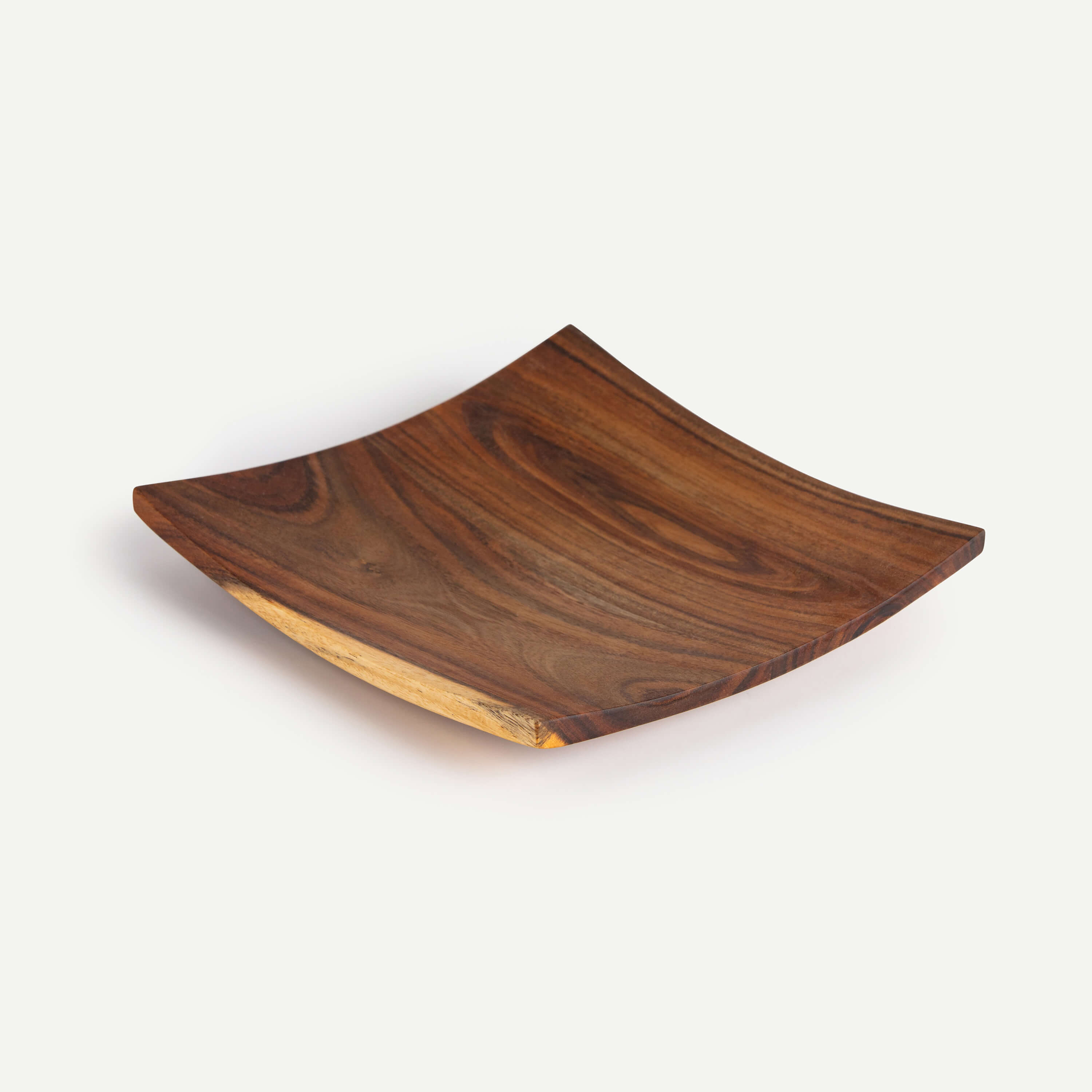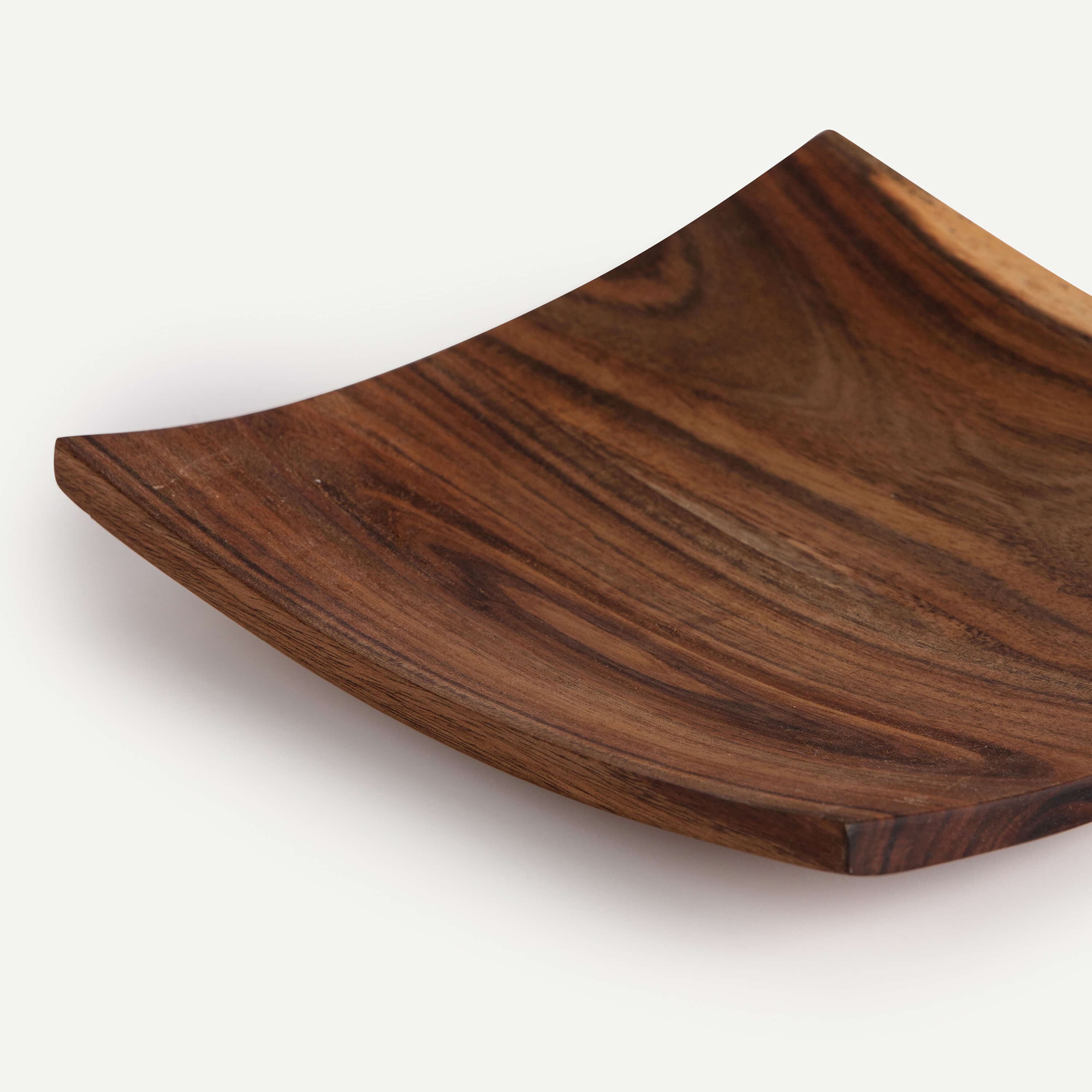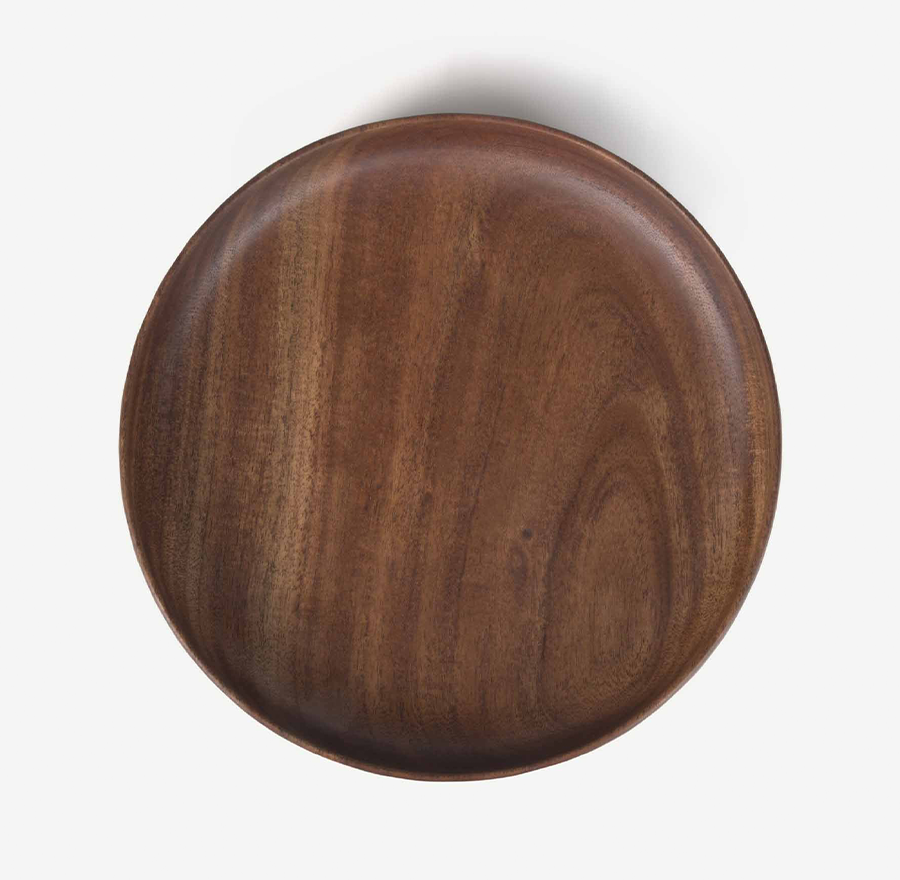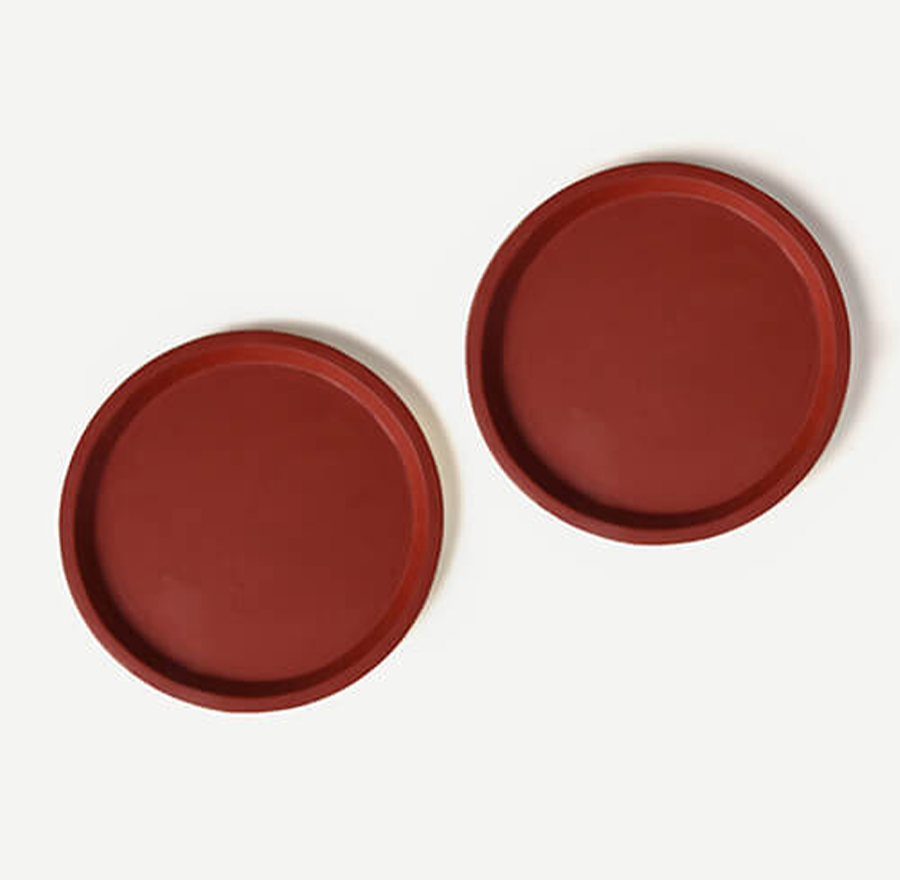CIASTO PLATTER
A grand display for your delicious cakes
A grand display for your delicious cakes
Craft Type: Marbleware
Makrana marble, a type of white marble is mined in the town of Makrana in Rajasthan. It is used in the construction of several iconic monuments such as the Taj Mahal in Agra and Victoria Memorial in Kolkata. Makrana Marble is listed as a Global Heritage Stone Resource by International Union of Geological Sciences.
Upon mining, Makrana marble is not subjected to any form of treatment, but used in cutting and chiseling straight away. The high quality of this material also makes it resistant to turning yellow over time. It also has a high percentage of calcium is therefore resistant to water seepage.
Made in: Rajasthan
Material: Marble
Dimensions (cm): 29.1(L) x 29.1(B) x 12.8(H); Dia: 29.1
Dimensions (inches): 11.5(L) x 11.5(B) x 5.1(H); Dia: 11.5
Weight: 4215 grams
No. of pieces in a set: 1, One Cake Stand
- There are different types of marble available but Makrana, a type of white marble is the most preferred for inlay work as it’s easier to carve in and is resistant to shattering.
- Manufactured between Agra and Jaipur, high-grade marble stones are selected and then cut with a saw, file and drilling machine as per the required length and width.
- Then with an abrasive, a heavy stone, the craftsmen grind the surface of the marble.
- After that traditional chiselling tools such as tanya and narzi, are used to engrave and create inlays on the surface of marbles.
- The craftsmen make sure that the carving is extremely crisp, so prior to chiselling, the surface of the piece is coated with red earth, to make engraved lines in each pattern stand out.
- Then poster colours are applied on the surface to highlight the patterns drawn.
- After that semi-precious stones are selected according to colour, cut into thin slices, and shaped on a hand-operated machine known as a home.
- Post that traditional tools such as saan and kamaani are used to shape the gemstones in delicate floral motifs with an emery wheel. This step requires extreme attention to detail and each artisan is especially skilled at carving a certain set of shapes.
DO:
- Clean your pieces immediately after you use them.
- Soak a soft sponge in tepid water, apply mild detergent and gently rub your pieces clean.
- Give your pieces enough time to dry before storing, this helps to retain their natural finish.
DON'T:
- Use a harsh stainless steel/metal scrubber to clean.
- Description
- Process & Craft
- Care
Craft Type: Marbleware
Makrana marble, a type of white marble is mined in the town of Makrana in Rajasthan. It is used in the construction of several iconic monuments such as the Taj Mahal in Agra and Victoria Memorial in Kolkata. Makrana Marble is listed as a Global Heritage Stone Resource by International Union of Geological Sciences.
Upon mining, Makrana marble is not subjected to any form of treatment, but used in cutting and chiseling straight away. The high quality of this material also makes it resistant to turning yellow over time. It also has a high percentage of calcium is therefore resistant to water seepage.
Made in: Rajasthan
Material: Marble
Dimensions (cm): 29.1(L) x 29.1(B) x 12.8(H); Dia: 29.1
Dimensions (inches): 11.5(L) x 11.5(B) x 5.1(H); Dia: 11.5
Weight: 4215 grams
No. of pieces in a set: 1, One Cake Stand
- There are different types of marble available but Makrana, a type of white marble is the most preferred for inlay work as it’s easier to carve in and is resistant to shattering.
- Manufactured between Agra and Jaipur, high-grade marble stones are selected and then cut with a saw, file and drilling machine as per the required length and width.
- Then with an abrasive, a heavy stone, the craftsmen grind the surface of the marble.
- After that traditional chiselling tools such as tanya and narzi, are used to engrave and create inlays on the surface of marbles.
- The craftsmen make sure that the carving is extremely crisp, so prior to chiselling, the surface of the piece is coated with red earth, to make engraved lines in each pattern stand out.
- Then poster colours are applied on the surface to highlight the patterns drawn.
- After that semi-precious stones are selected according to colour, cut into thin slices, and shaped on a hand-operated machine known as a home.
- Post that traditional tools such as saan and kamaani are used to shape the gemstones in delicate floral motifs with an emery wheel. This step requires extreme attention to detail and each artisan is especially skilled at carving a certain set of shapes.
DO:
- Clean your pieces immediately after you use them.
- Soak a soft sponge in tepid water, apply mild detergent and gently rub your pieces clean.
- Give your pieces enough time to dry before storing, this helps to retain their natural finish.
DON'T:
- Use a harsh stainless steel/metal scrubber to clean.
Manufactured at: S/o Rahamatula Amanpura,Nadi Chok,Makrana, Nagaur,Makrana,Rajasthan-341505














